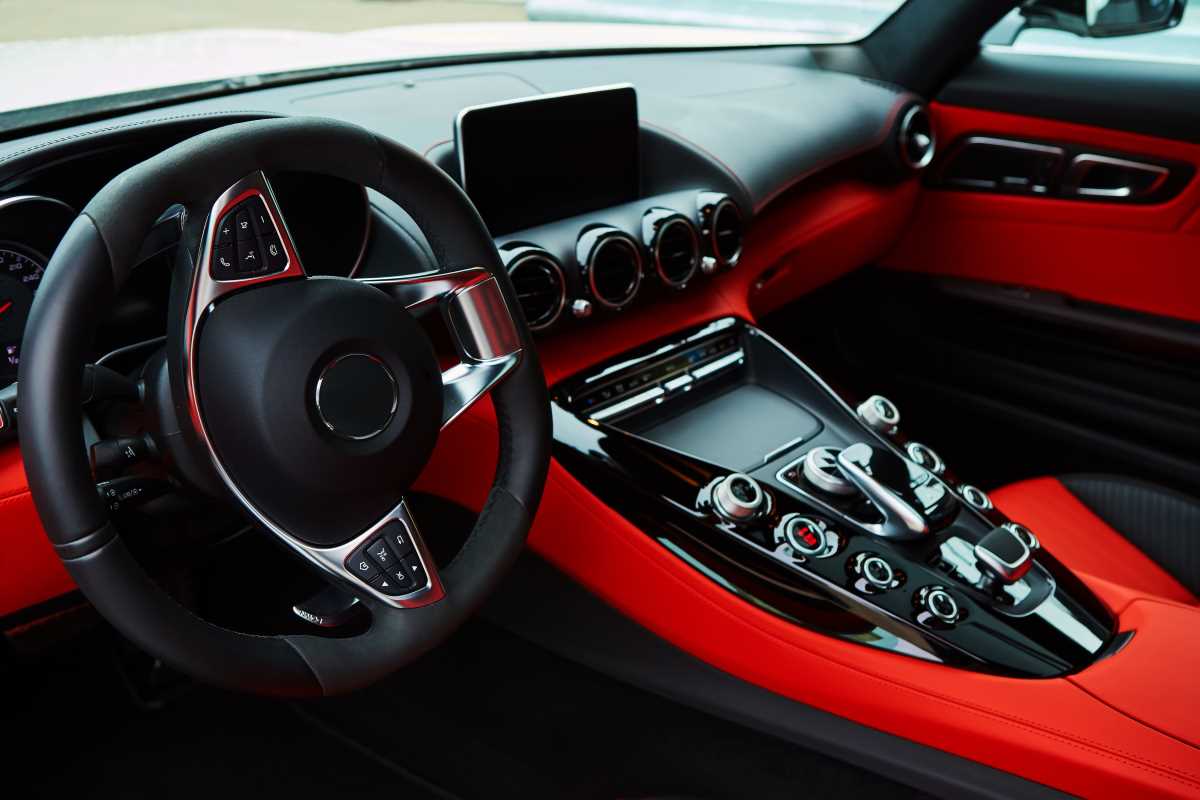Car enthusiasts and everyday drivers alike are driving a surprising revival of manual transmissions. Once overshadowed by the convenience of automatic transmissions, manual gearboxes now regain their status as a symbol of driving purity and control. A combination of nostalgic appeal, driving satisfaction, and evolving automotive trends that cater to a diverse range of preferences fuels this resurgence.
The History of Manual Transmissions
The manual transmission has been a cornerstone of automotive engineering since the early days of the automobile. In the early 20th century, drivers used manual gearboxes as the standard, providing direct control over the vehicle's power and performance. Iconic models like the Ford Model T and the Chevrolet Corvette featured manual transmissions, cementing their place in automotive history.
Over the decades, manual transmissions evolved significantly. Advancements such as synchronized gears and improved clutch systems made manuals more accessible and easier to operate. The rise of automatic transmissions in the mid-20th century, driven by their ease of use and advancements in technology, led to a decline in the popularity of manual gearboxes. By the late 20th century, automatics dominated the market, leaving manuals to occupy a niche segment of the automotive world.
Why Drivers Still Love the Stick Shift
Despite the dominance of automatic transmissions, a dedicated group of drivers continues to prefer manual transmissions. Several factors influence this preference, including the enhanced driving experience and the sense of connection with the vehicle. Manuals offer a level of engagement that many drivers find lacking in automatics, allowing them to feel more in control of their car's performance.
Expert opinions and surveys reveal that many drivers appreciate the mechanical simplicity and reliability of manual transmissions. Enthusiasts argue that manuals provide better feedback and responsiveness, making driving more enjoyable, especially in performance-oriented vehicles. The tactile involvement and skill required to operate a manual gearbox also contribute to its enduring appeal among passionate drivers.
Benefits of Driving a Manual Transmission
- Better Control: Manual transmissions allow drivers to have precise control over gear selection, which can enhance handling and responsiveness, particularly in sporty or performance vehicles.
- Fuel Efficiency: Typically, manual gearboxes are more fuel-efficient than their automatic counterparts, as they have fewer moving parts and can be optimized for better fuel economy.
- Engaging Driving Experience: Shifting gears manually adds an element of involvement and skill to driving, making the experience more enjoyable and immersive for enthusiasts.
Challenges of Manual Transmissions
- Learning Curve: Mastering a manual gearbox requires practice and skill, which can be a barrier for new drivers or those accustomed to automatic transmissions.
- Limited Availability: In the current automotive market, fewer new models offer manual transmissions, limiting choices for consumers who prefer them.
Market Trends and Future of Manual Transmissions
Recent market trends indicate a fluctuating demand for manual transmissions. Many mainstream manufacturers continue to phase out manuals in favor of automatics and automated manual transmissions, but certain segments, such as sports cars and off-road vehicles, still offer manual options to cater to enthusiasts. Emerging technologies like dual-clutch systems and automated manuals bridge the gap, providing some benefits of manual transmissions with the convenience of automatics.
Looking ahead, the future of manual transmissions appears to be one of coexistence with automatic technologies. As electric vehicles (EVs) become more prevalent, the role of manual gearboxes may further diminish, given that EVs typically use single-speed transmissions. The passion for manual transmissions ensures that they will remain a beloved feature for specific vehicle categories and dedicated drivers.
Manual transmissions continue to hold their ground in the automotive industry by offering a unique driving experience that many find irreplaceable. Their blend of control, efficiency, and engagement ensures that they remain a cherished choice for drivers who value the art of driving. As the automotive landscape evolves, manual gearboxes will likely maintain their niche presence, celebrated by enthusiasts and preserved as a testament to driving heritage.







